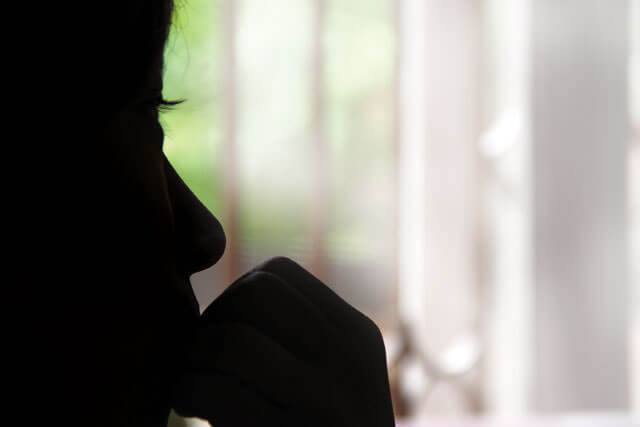How does the Nepali media cover rape?

The rape and murder of a 13-year-old girl in Kanchanpur last week was the latest in a series of crimes nationwide reported daily and with depressing regularity in the media.
This time, the outrage wasn’t just against the local authorities for not being able to find the rapists, the anger was directed at the messengers.
One national daily actually published a photo of the teenager’s corpse in a muddy field surrounded by onlookers. The picture was shared widely on social media, even though many called for it to be taken down.
Like most newsrooms in South Asia, the ones in Nepal also fall short when it comes to discussion and introspection on journalistic practices and ethical standards, especially while reporting on rape and sexual assault. How do we report on it when we have not even figured out how to talk about such crimes? What are the pitfalls while navigating allegations that are difficult to corroborate? How much detail of the victim and family is necessary?
Also read: Rape as a weapon of war, Tufan Neupane
Rape for ransom, Shatrudhan Kumar Shah


Then there is the victim blaming. There were several stories about the Darbar Marg rape case earlier this year where reporters commented freely on the woman’s body, her personal life, relationships, her decision to drink with male friends, and other issues that distracted from the crime.
Police records show rape and attempted rape cases have grown almost fourfold since 2008. Last year, more than 1,100 rape complaints were filed, while many more go unreported.
While news of sexual assault is now common on the papers and tv, coverage is often problematic. Most have sensational headlines with the victim’s voice missing, condescending language perpetuates stereotypes about sexual assault, and stock images depicting victims as helpless with artfully ripped clothes.
Nepal ranks 111 out of 144 countries in global gender equality index and Nepali women are subjected to many forms of violence, from punishment for witchcraft, domestic violence, to sexual assault. And whenever the heavily male-dominated newsrooms report on these issues, the template is the same: victims are almost always robbed of their agency.
The news is largely based on police reports, which means much goes unreported. Many journalists skip the most challenging aspect of covering such stories: building trust to tell the victims’ side of the story.
Also read: Not pushed around anymore, Sahina Shrestha
All in the family, Sahina Shrestha
Most stories are also episodic, focusing on individual crimes without examining trends, not investigating institutional failures and entrenched male entitlement. Why is rape under-reported? How are the crimes investigated, if at all? What is the reason for the low conviction rate? Most importantly, how does coverage change the lives of victims?
Tired of venting our frustration about coverage of rape and sexual assault in the Nepali media, we collaborated with The Record and talked to editors and reporters in Kathmandu for the recent episode of our BojuBajai podcast.
Almost everyone agreed newsrooms had become more sensitive lately about the issue, but this did not always reflect in the coverage. None of the newsrooms had guidelines, except to withhold the victim’s identity. Most said they never gave much thought to the pictures accompanying their stories, as long as it didn’t show the victim’s face.
Some admitted that proximity of the incidents to Kathmandu shapes the priority the story gets. “Whether they take place in Bara or Durbar Marg, we need to ensure they get the same importance,” one editor said.
More revealing was the attitude towards gender-based violence in newsrooms where women make up less than a quarter of the workforce. Reporters said their stories on domestic violence did not get attention until a woman is beaten to death. Senior reporters often think it is beneath them to cover such “light topics”.
Improving coverage of violence against women will only begin when journalists first see there is something wrong with objectifying and stereotyping women, and having a different standard in coverage of females figures, or in treating domestic violence as normal.
Here are some resources for journalists to sensitively report on these issues
Dart Center, Reporting on Sexual Violence
Jessica Bennett, New York Times Gender Editor, on gender coverage and reporting on sexual misconduct




